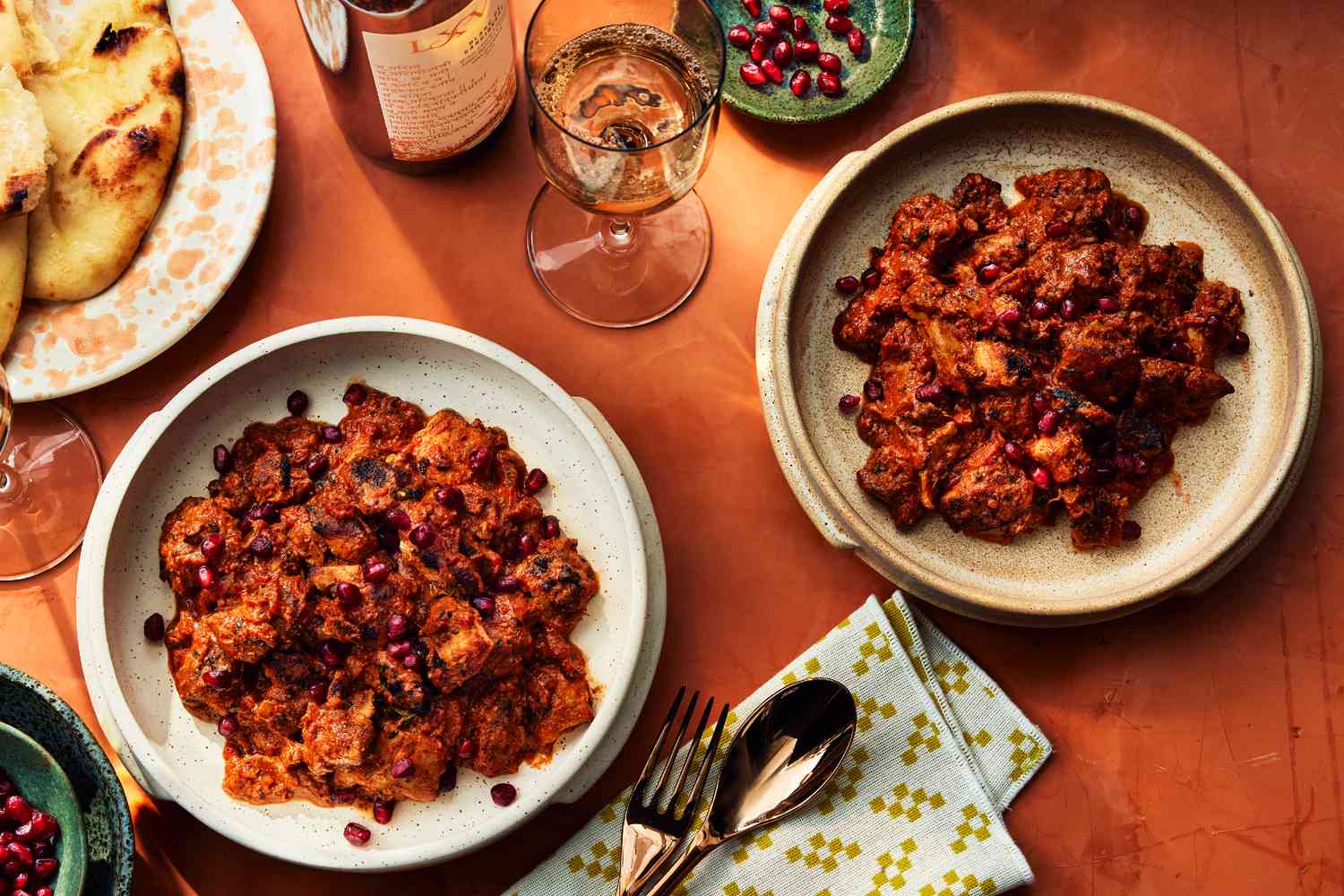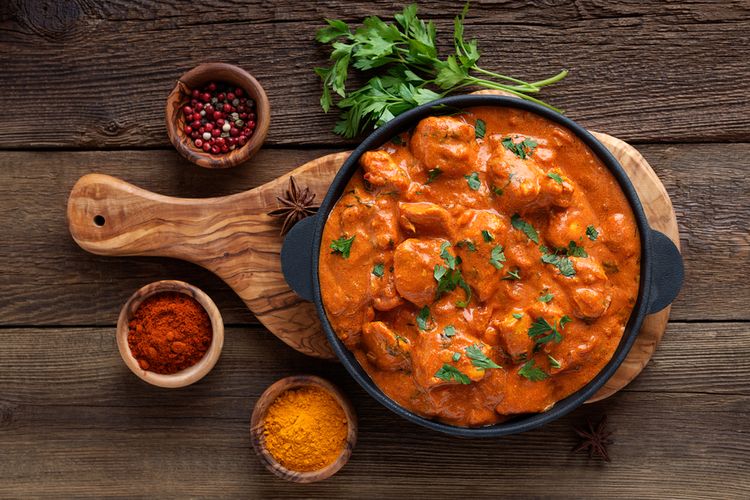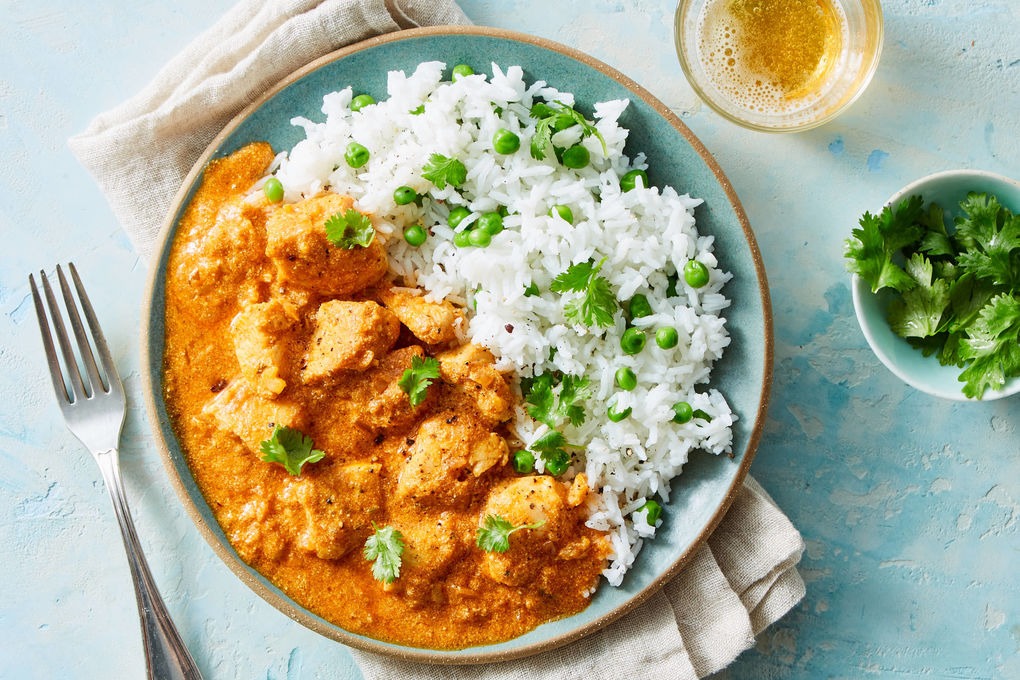Tikka Masala is one of the most beloved dishes in Indian cuisine, known for its rich, creamy, and spicy flavor profile. Often featuring succulent pieces of marinated meat, typically chicken, cooked in a tomato-based sauce infused with a blend of aromatic spices, Tikka Masala has gained worldwide popularity. This article delves into the origins, ingredients, preparation methods, and cultural significance of Tikka Masala, as well as its variations and the controversies surrounding its origin.

Contents
Origins of Tikka Masala
The exact origin of Tikka Masala is a subject of much debate and intrigue. While it is widely regarded as a quintessential Indian dish, its precise beginnings are not clearly documented, leading to various claims and stories about its invention.
The British Connection
One of the most popular theories is that Chicken Tikka Masala was created in the United Kingdom. The story goes that in the 1960s or 1970s, a customer in a British Indian restaurant found the chicken tikka too dry and asked for some sauce to accompany it. The chef, improvising with ingredients on hand, added a tomato-based cream sauce with spices, creating what is now known as Chicken Tikka Masala.
This theory underscores the dish’s hybrid nature, combining Indian flavors with a British preference for saucy dishes. Some even consider Chicken Tikka Masala to be a symbol of multicultural Britain.
The Indian Roots
Another theory suggests that Tikka Masala has its roots firmly planted in Indian cuisine, specifically as an evolution of the traditional chicken tikka. Chicken tikka, a dish of marinated chicken pieces cooked in a tandoor (clay oven), has been a staple in Indian culinary traditions. The addition of a sauce could have been a natural progression, influenced by regional variations and the desire to create a richer, more indulgent dish.
Ingredients and Preparation
Tikka Masala’s distinctive flavor comes from its combination of marinated meat, a rich sauce, and a blend of spices. Here is a closer look at the key components:
Marinade
The marinade is crucial for infusing the meat with flavor and ensuring it remains tender and juicy. Common ingredients for the marinade include:
- Yogurt: Acts as a tenderizer and adds a tangy flavor.
- Spices: Typically includes garam masala, cumin, coriander, turmeric, and chili powder.
- Aromatics: Garlic and ginger are essential for depth of flavor.
- Acid: Lemon juice or vinegar adds brightness and helps in tenderizing the meat.
Sauce

The sauce is what sets Tikka Masala apart from other similar dishes. It is rich, creamy, and deeply flavorful. Key ingredients include:
- Tomatoes: Often used in the form of puree or fresh tomatoes to create a robust base.
- Cream or Coconut Milk: Adds richness and balances the spices.
- Spices: Garam masala, cumin, coriander, and turmeric are common, along with optional spices like fenugreek leaves (kasuri methi) for an extra layer of flavor.
- Butter or Ghee: Adds a luxurious mouthfeel and depth to the sauce.
Meat
While chicken is the most common choice for Tikka Masala, other meats such as lamb, beef, or even paneer (Indian cottage cheese) can be used. The meat is typically cut into bite-sized pieces, marinated, and then cooked, either in a tandoor, on a grill, or in an oven.
Preparation Steps
- Marinate the Meat: Combine yogurt, spices, garlic, ginger, and lemon juice in a bowl. Add the meat pieces and ensure they are well-coated. Marinate for at least 1 hour, or preferably overnight for deeper flavor.
- Cook the Meat: Preheat the grill or oven to a high temperature. Cook the marinated meat until it is browned and cooked through, turning occasionally to ensure even cooking.
- Prepare the Sauce: In a large pan, heat butter or ghee over medium heat. Add chopped onions and cook until golden brown. Add garlic, ginger, and spices, and cook until fragrant. Add tomato puree and cook until the sauce thickens.
- Combine: Add the cooked meat to the sauce, along with cream or coconut milk. Simmer for a few minutes until the flavors meld together. Adjust seasoning with salt, pepper, and additional spices if needed.
- Serve: Tikka Masala is best enjoyed with naan (Indian flatbread) or basmati rice, garnished with fresh cilantro.
Variations of Tikka Masala
While Chicken Tikka Masala is the most well-known variant, there are several other delicious versions of the dish:
Paneer Tikka Masala
A vegetarian option using paneer, a firm Indian cheese, instead of meat. Paneer holds up well to marination and grilling, making it an excellent substitute.
Lamb Tikka Masala
Uses tender pieces of lamb, marinated and cooked in the same flavorful sauce. The richness of lamb pairs beautifully with the creamy tomato sauce.
Seafood Tikka Masala
Features marinated and grilled shrimp or fish, offering a lighter but equally flavorful alternative. The delicate taste of seafood is complemented by the robust sauce.
Cultural Significance

Tikka Masala holds a special place in the hearts of many, both in India and abroad. It represents the fusion of different culinary traditions and the adaptability of Indian cuisine to local tastes.
In the United Kingdom, Chicken Tikka Masala tvtoto has become so popular that it is often considered a national dish, symbolizing the blend of British and Indian cultures. The dish’s popularity has spread globally, making it a staple in Indian restaurants worldwide and a favorite among those who enjoy Indian food.
Controversies Surrounding Origin
The origin of Tikka Masala is a topic of much debate and controversy. The dish’s claimed invention in the UK by Bangladeshi chefs adds to the intrigue, as does the assertion that it is merely an evolution of traditional Indian recipes.
While some argue that the dish’s creation was a response to British tastes, others insist that similar dishes have existed in Indian cuisine for centuries. Regardless of its true origins, Tikka Masala’s global popularity is undeniable, and it serves as a delicious reminder of how food can transcend cultural boundaries and bring people together.
Nutritional Information
While Tikka Masala is undoubtedly delicious, it is important to consider its nutritional content:
- Calories: Depending on the ingredients and preparation method, a serving of Chicken Tikka Masala can contain anywhere from 300 to 600 calories.
- Protein: The dish is high in protein, especially when made with chicken, lamb, or paneer.
- Fat: The use of cream, butter, or ghee contributes to the dish’s rich flavor but also increases its fat content.
- Carbohydrates: The sauce, made from tomatoes and often served with rice or bread, adds to the carbohydrate content.
For a healthier version, consider using low-fat yogurt in the marinade, reducing the amount of cream, and serving with a side of steamed vegetables or whole-grain rice.
Conclusion
Tikka Masala is a dish that exemplifies the richness and diversity of Indian cuisine. Its creamy, spicy, and aromatic flavors have captivated taste buds around the world, making it a beloved favorite in many households. Whether you enjoy it with chicken, lamb, paneer, or seafood, Tikka Masala offers a culinary experience that is both comforting and exciting.
While its exact origins may remain a topic of debate, the dish’s ability to adapt and evolve across different cultures is a testament to its enduring appeal. As you savor your next plate of Tikka Masala, you can appreciate not only its delicious taste but also its rich history and the cultural connections it represents.
Read More Article About “Forestry Practices: Sustainable Approaches for Healthy 2024“

